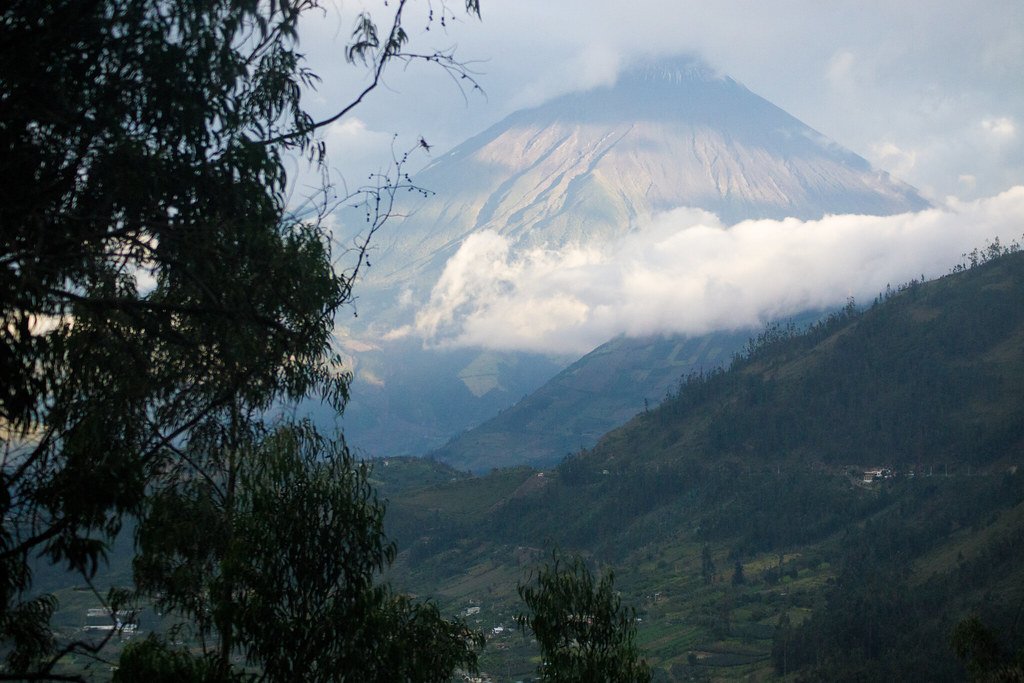If stones could speak, Ireland’s place names would be their voice—a living memory etched across fields, rivers, and mountains. Picture yourself wandering through a misty glen, hearing names like Ballymore, Knocknarea, or Glenveagh. Each syllable is a breadcrumb, a clue to Ireland’s ancient landscapes, its people, and the forces that shaped both. These names aren’t just labels on a map; they’re whispers from the past, telling stories of forests lost, saints remembered, battles fought, and hidden wells that once nourished whole communities. In a world rushing toward the future, Irish place names invite us to pause, look closer, and listen to the land beneath our feet.
The Echoes of Language: Gaelic Roots and Meanings

Irish place names are deeply rooted in the Irish language, or Gaeilge, which has shaped the island’s identity for centuries. Names like “Dún Laoghaire” (fort of Laoghaire) and “Cill Dara” (church of the oak, today’s Kildare) are not just words—they point to the language’s resilience and its power to describe the landscape. Even after centuries of English rule, these ancient phrases persist, giving us a living connection to the past. Understanding Gaelic roots opens a window into how early people related to their world: “Bally” (from “baile,” meaning town or settlement) is everywhere, hinting at where communities once flourished. The language acts like a genetic code, holding secrets about Ireland’s history and the people who named each place.
Natural Landscapes Revealed: Mountains, Rivers, and Forests
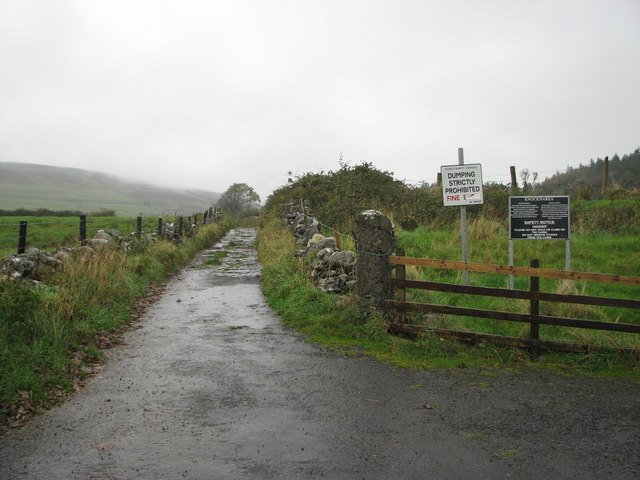
Place names often describe the physical features of the land, painting vivid pictures of what once was. Names like “Knocknarea” (Cnoc na Riabh, hill of the stripes), “Glenveagh” (Gleann Bheatha, glen of life), and “Lough Neagh” (Loch nEachach, lake of Eachach) reveal how people observed and interacted with their environment. These names are like snapshots from a time before maps or satellites existed. When you hear “Drumlin,” think of rolling hills shaped by glaciers; “Curragh” tells of open plains ideal for grazing. Place names are nature’s diary, recording not just what is there now, but sometimes what has been lost—such as forests that once covered “Garran” (grove) or “Doire” (oak wood).
Human Settlement Patterns: Townlands and Villages

Ireland’s famous “townlands”—small, ancient divisions of land—are among the oldest continually used place names in Europe. Words like “Lis” (fort), “Rath” (earthen ringfort), and “Cluain” (meadow) reveal how early settlers chose places to live, farm, and defend themselves. The incredible density of these names—over 60,000 townlands—marks out a patchwork of human activity. Even abandoned or forgotten places survive in the names, reminding us of vanished hamlets and the families who once called them home. Townland names offer a powerful sense of belonging and continuity, tying today’s communities to their ancestors through language and land.
Religious Footprints: Saints, Churches, and Sacred Sites
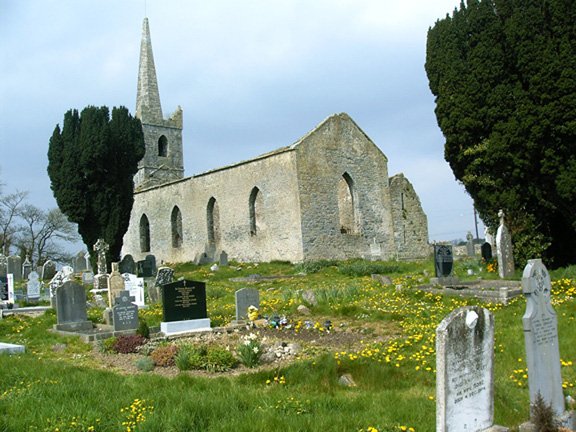
The spiritual history of Ireland glows in names like “Kil” (from “cill,” meaning church), “Temple,” and “Abbey.” These names tell of early Christian missionaries, saints, and monastic settlements. “Kilkenny” (Cill Chainnigh, church of Canice) or “Killaloe” (Cill Dalua, church of Lua) recall the spread of Christianity and reveal where sacred sites once stood. Some names even preserve pagan echoes, like “Druim” (ridge) or “Magh” (plain), where ancient festivals may have been held. The Irish landscape is dotted with these reminders, from holy wells to saints’ resting places—a tapestry of faith woven into the very soil.
Hidden Histories: Battles, Legends, and Myth
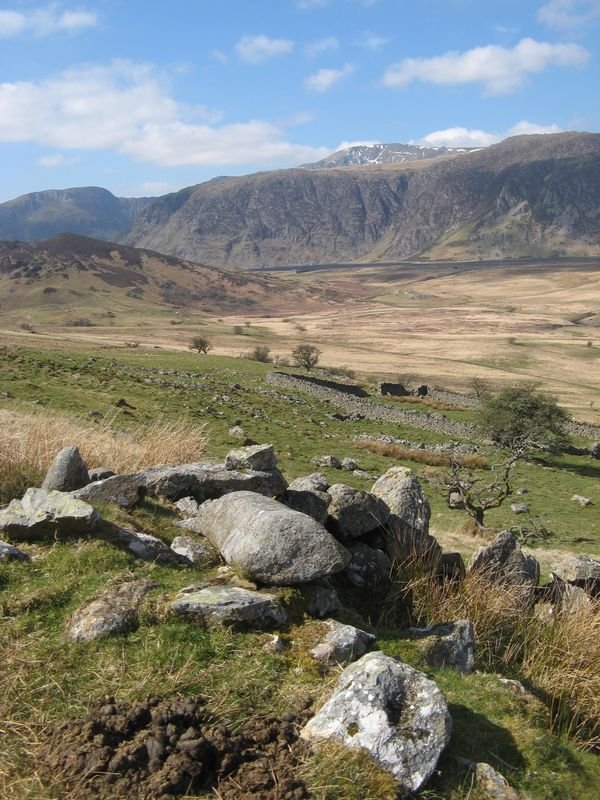
Irish place names are steeped in legend and history, often marking the sites of battles, ancient gatherings, or mythical events. Names such as “Tara” (Teamhair na Rí, hill of the kings) and “Boyne” (Bóinn, goddess’s river) sing of high kings, epic clashes, and heroic deeds. Some places recall tragic events—“Glencoe” (valley of weeping) or “Ballyslaughtery”—while others, like “Knocknagoshel” (hill of the cashel), preserve the memory of fortresses long since tumbled into earth. Through these names, Ireland’s myths and realities blend, keeping old stories alive in the landscape.
Lost Landscapes: Names That Outlasted Nature
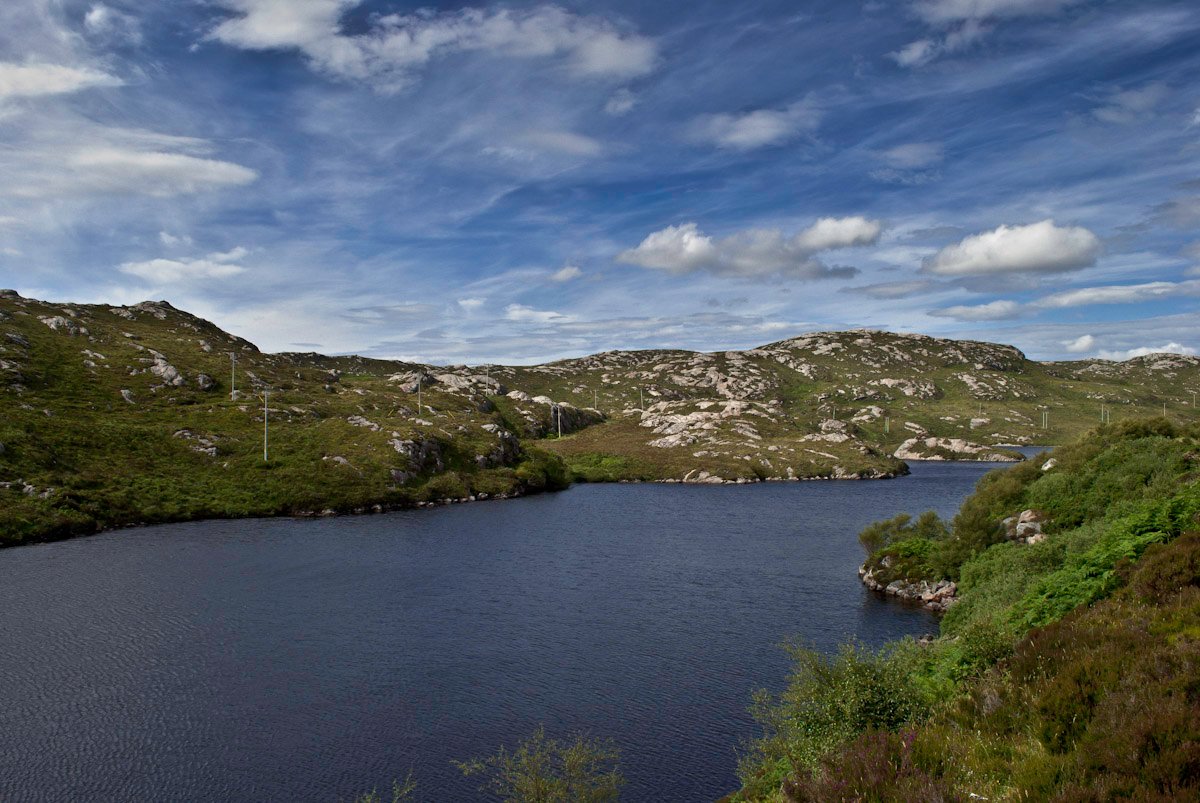
Surprisingly, some Irish place names describe landscapes that no longer exist. “Doire” (oak wood), “Garran” (grove), or “Móin” (bog) may signal places where forests or wetlands were once dominant. Over centuries, forests were cleared and bogs drained, but the names remain, silent witnesses to dramatic environmental change. This makes place names a valuable tool for scientists and historians trying to reconstruct ancient ecosystems. The land remembers, even when the trees are gone.
Geology and the Ground Beneath

Place names often reflect the geology hidden underfoot. “Carraig” (rock), “Leac” (flagstone), and “Clogh” (stone) speak to the rocky outcrops, limestone pavements, and boulder-strewn fields that shape Ireland’s countryside. Names like “Poll” (hole) indicate caves or sinkholes, sometimes pointing to underground rivers or springs. In places like “Granite Hall” or “Limestone Valley,” the names themselves become a geological map. For geologists, these clues are like a secret code—pointing to resources, hazards, and the ancient processes that shaped the land.
Weather and Water: The Power of Climate
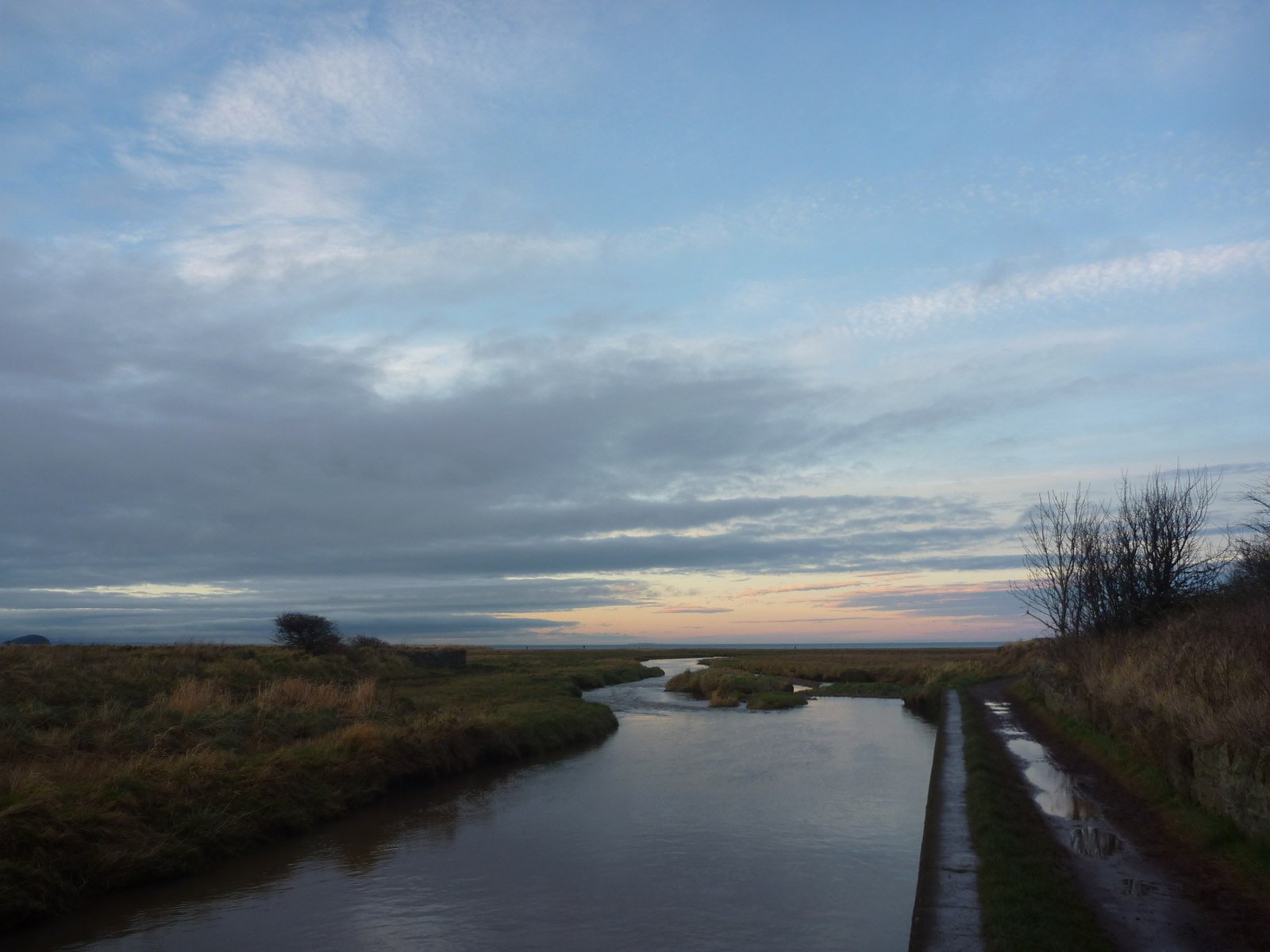
Ireland’s ever-changing weather and abundant water leave their mark on place names as well. “Tobar” (well), “Sruthán” (stream), and “Abhainn” (river) highlight the importance of water to survival and settlement. “Bealach” (pass) and “Sliabh” (mountain) often describe wind-swept heights or sheltered valleys, places where weather shaped lives. In a land famed for its rain and mists, names like “Ballyrain” or “Drumcondra” (ridge of the confluence) remind us of how water has always been both a blessing and a challenge.
Names as Cultural Memory: Identity and Belonging
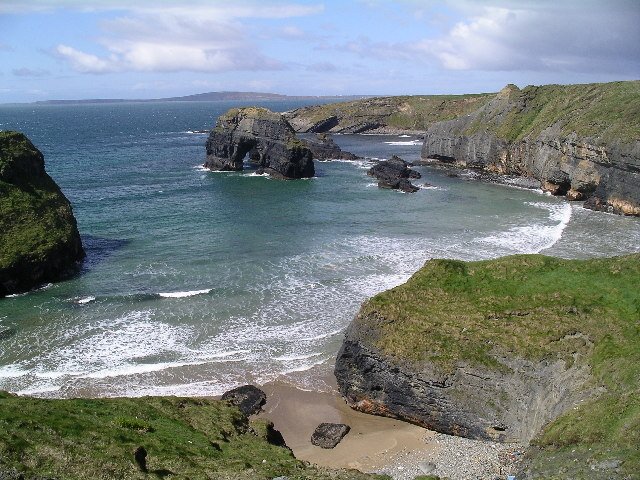
For many Irish people, place names are more than just labels—they are badges of identity and pride. Saying you come from “Ballybunion” or “Skibbereen” is a way to tell your story and claim your heritage. Locals often use the original Irish names, even when official maps show English versions. This stubborn loyalty to traditional names helps keep the Irish language alive and weaves communities together. Place names become emotional anchors, connecting people to their land, their family, and their shared history.
Modern Times: The Changing Face of Irish Place Names

Today, Irish place names are changing, adapting to new realities. Some English names are being replaced with their Irish originals, part of a broader effort to revive the language. Meanwhile, new developments and roads sometimes erase old names, threatening to break the chain of memory. Yet, there’s a growing movement to preserve and celebrate these names, recognizing their value as both a cultural treasure and a scientific resource. Every time a name is spoken, it’s a small act of resistance against forgetting.
Mapping the Future: What Place Names Can Teach Us
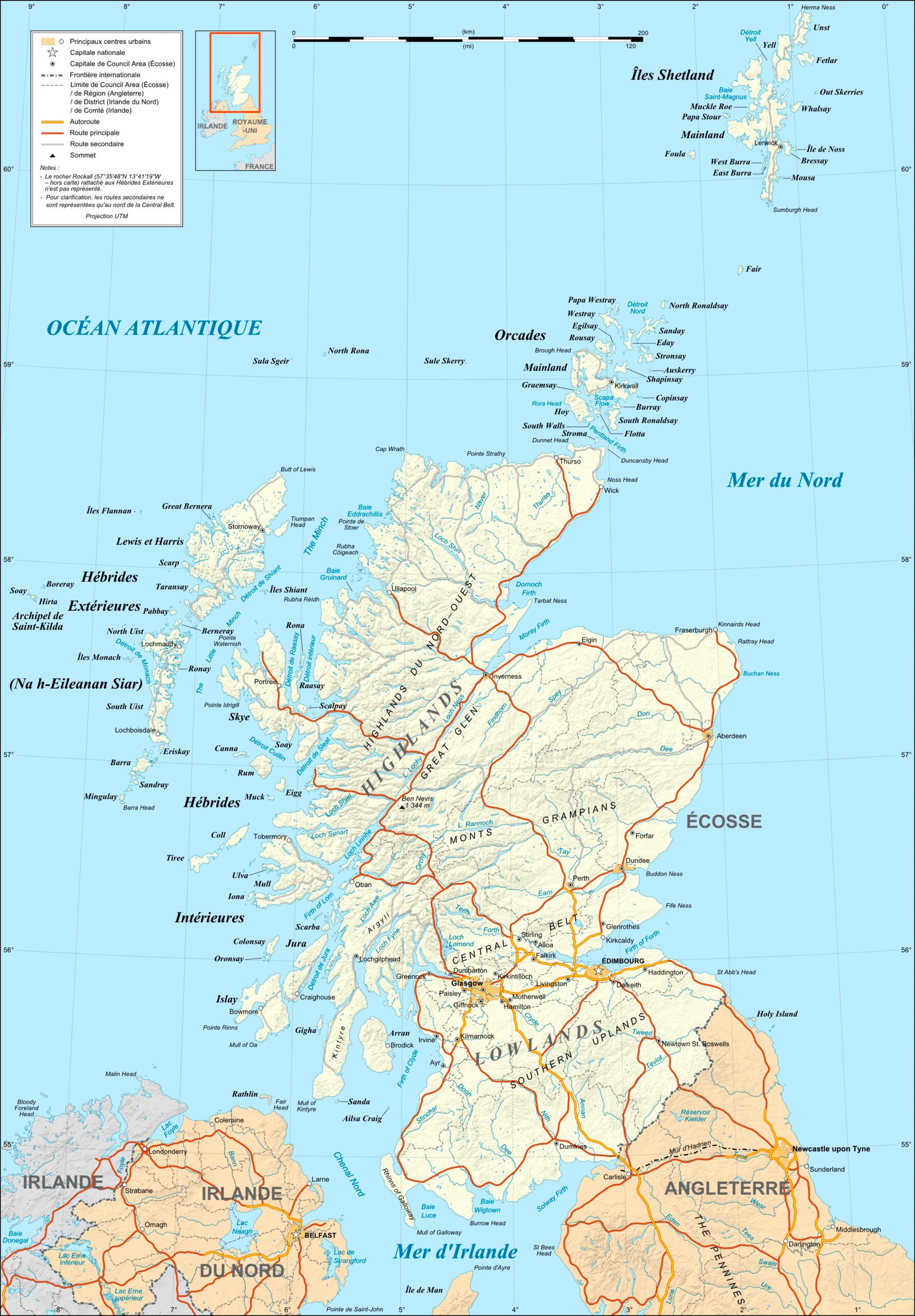
Irish place names are more than relics—they are dynamic, living records of geology, ecology, history, and culture. Scientists use them to locate lost woodlands or track ancient migration routes. Writers and poets find inspiration in their mystery and rhythm. And ordinary people, walking familiar lanes, carry the past with them every time they speak a name aloud. The next time you look at a map of Ireland, remember: those names are clues, stories, and memories, waiting to be discovered. What secrets might your own hometown name reveal?


